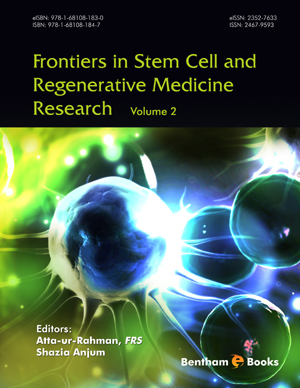Abstract
Epidermal stem cells in the skin are located in distinct stem cell niches, such as the interfollicular epidermis (IFE), hair follicle (HF) and sebaceous glands (SB), where they are known to produce several distinct lineages of cells. The IFE keratinocyte stem cells populate the basal layers of the epidermis and their progeny differentiate and migrate through the layers of the epidermis to be shed as part of the natural turnover of skin. The contribution of keratinocyte stem cells to the homeostatic maintenance of the epidermis is essential for the barrier function of skin.
After severe injuries to the skin, such as those sustained in severe burns or scalds, functioning epithelium is lost, and restoration of this barrier is essential to patient survival. Cultured keratinocytes have been used as an adjunct therapy in the treatment of such injuries for the past 30 years. For such cell therapies to be successful, the cell isolation and culture method must ensure that highly regenerative stem cells are preferentially expanded while differentiating cells are excluded, as these do not contribute to tissue regeneration. Significant advances in the culturing and manufacturing processes employed in the preparation of epithelial cell therapies have been made since the conception of this treatment method. An improved understanding of the biology of epithelial stem cells has further elucidated the tissue regenerative potential, which these cells harbour. In addition, novel strategies to improve cell expansion and delivery hold promising potential to improve healing. Although the regeneration of skin appendages, such as hair follicles and sebaceous glands, is not possible after severe cutaneous injury at present, advances in tissue engineering strategies have begun to tackle these complex structures.
Novel stem cell therapies for epithelial regeneration hold the potential to significantly improve wound healing in patients and positively influence clinical outcomes. Advances in epithelial stem cell research both in vitro and in vivo are reviewed here and their potential impact highlighted specifically in the context of clinical application for patients with severe cutaneous injuries.
Keywords: Burns, epidermal stem cells, hair follicle, interfollicular epidermis, regenerative medicine, sebaceous gland, stem cells, tissue engineering, wound healing.






















